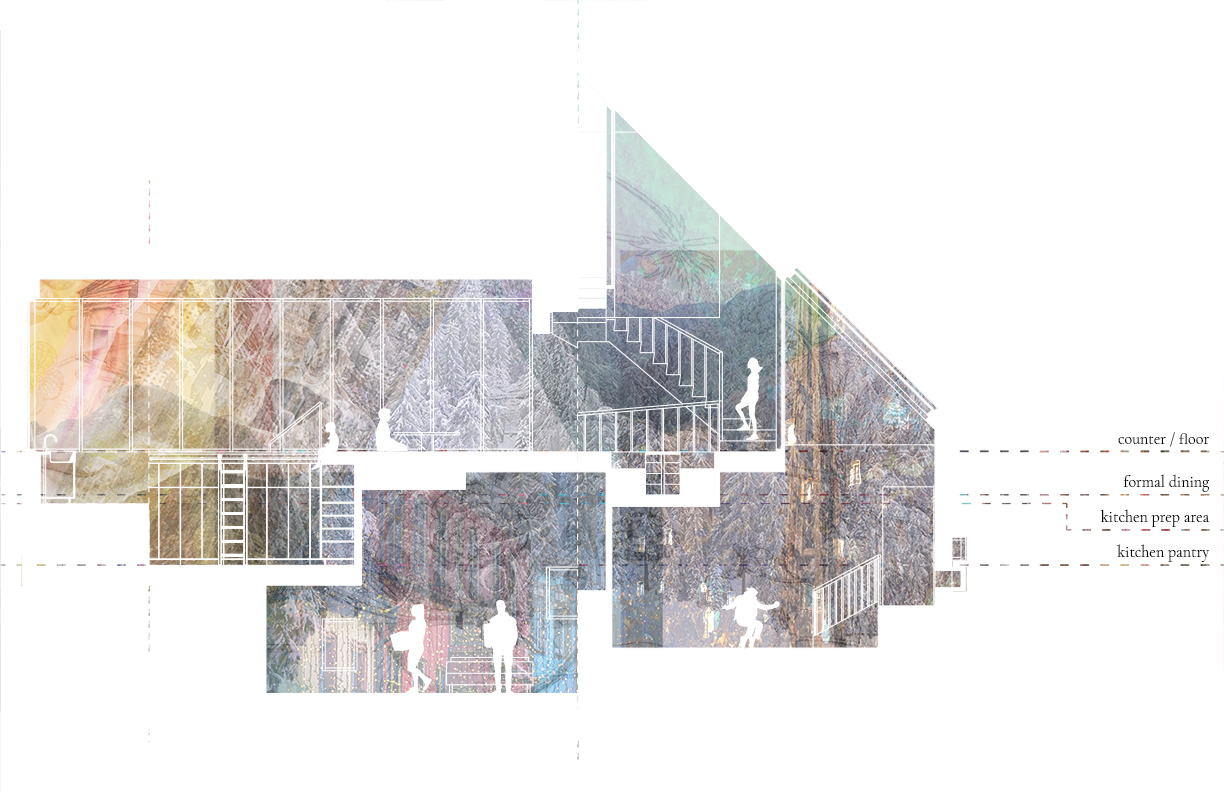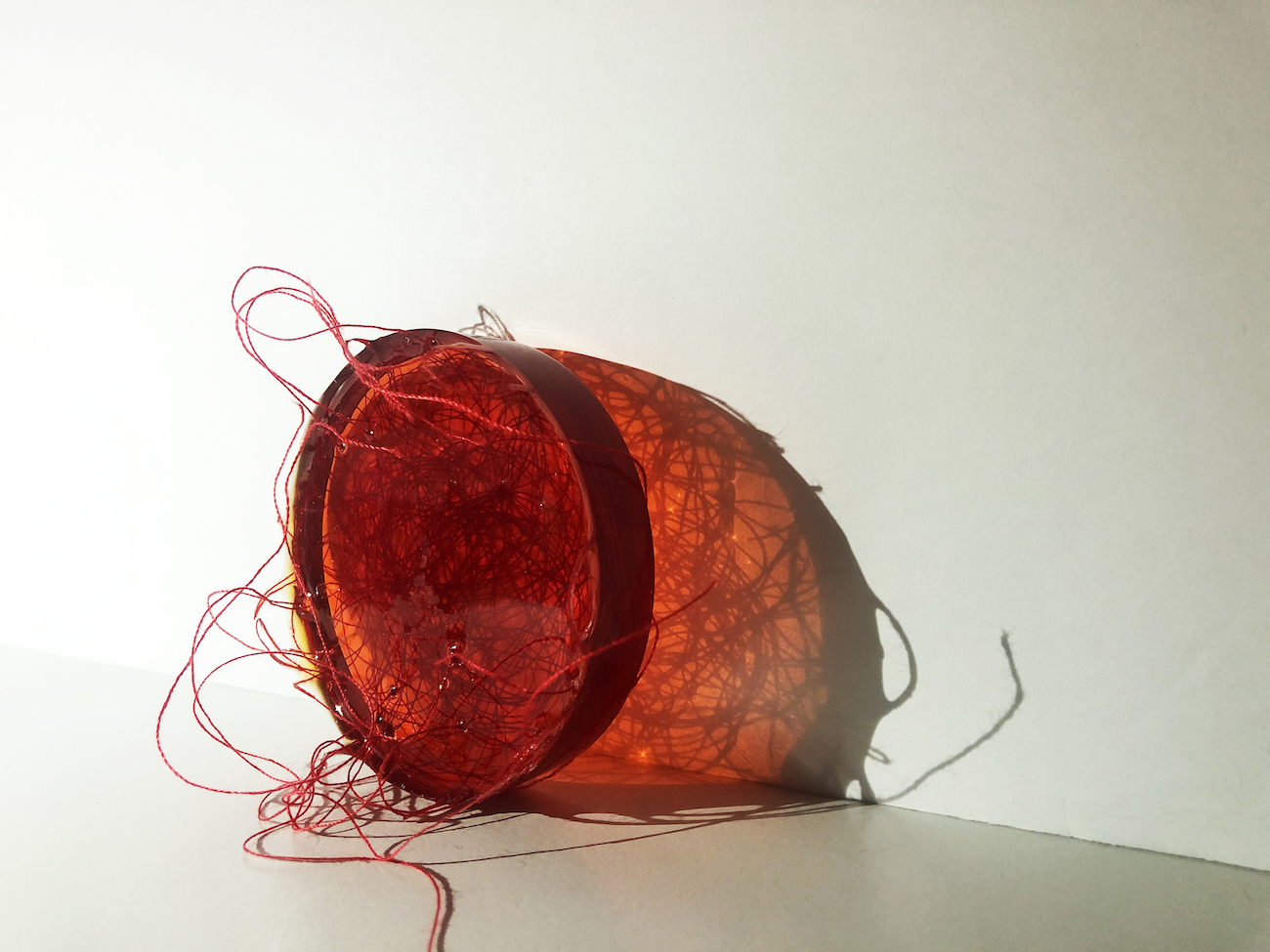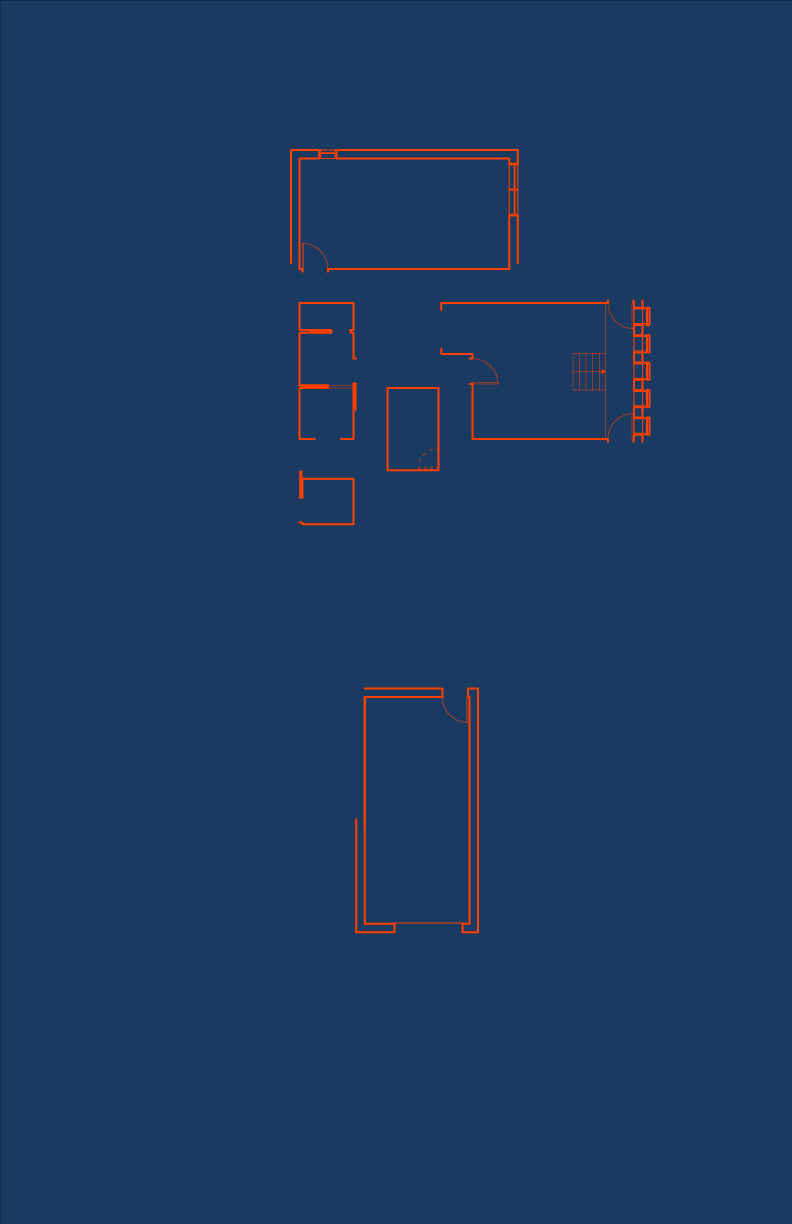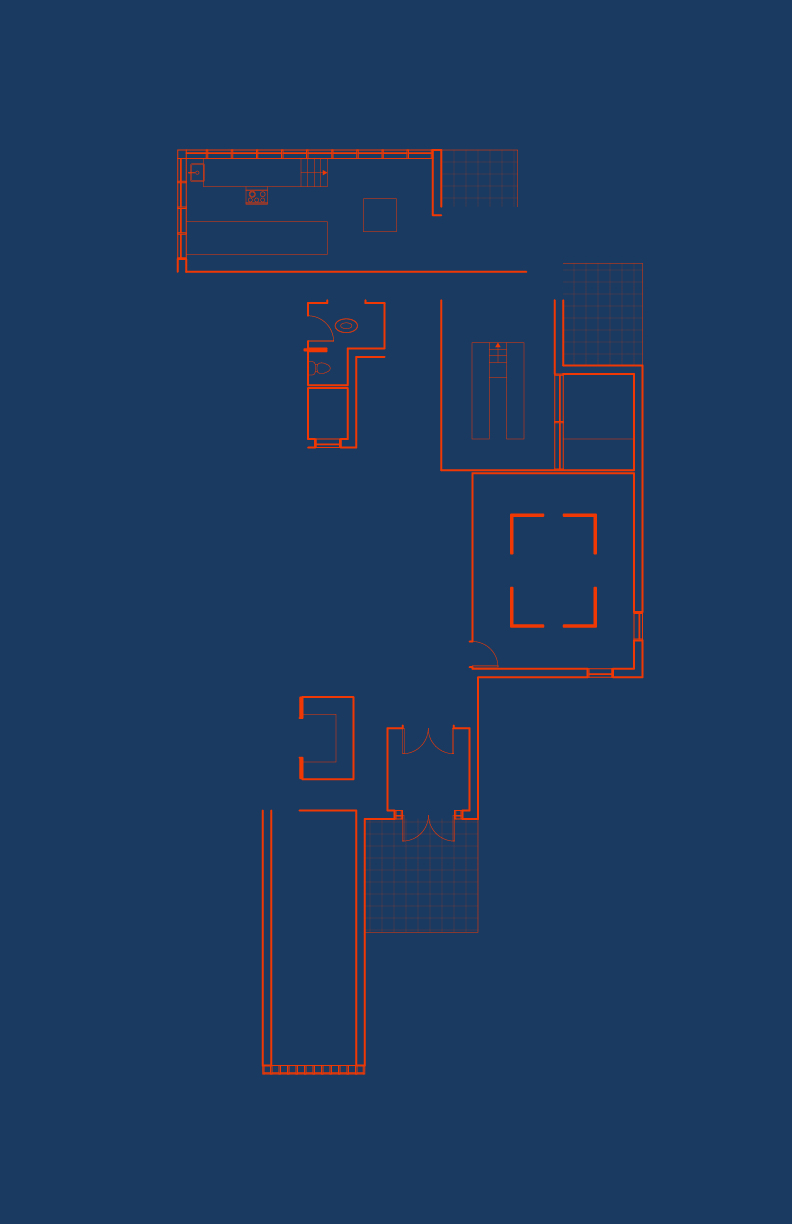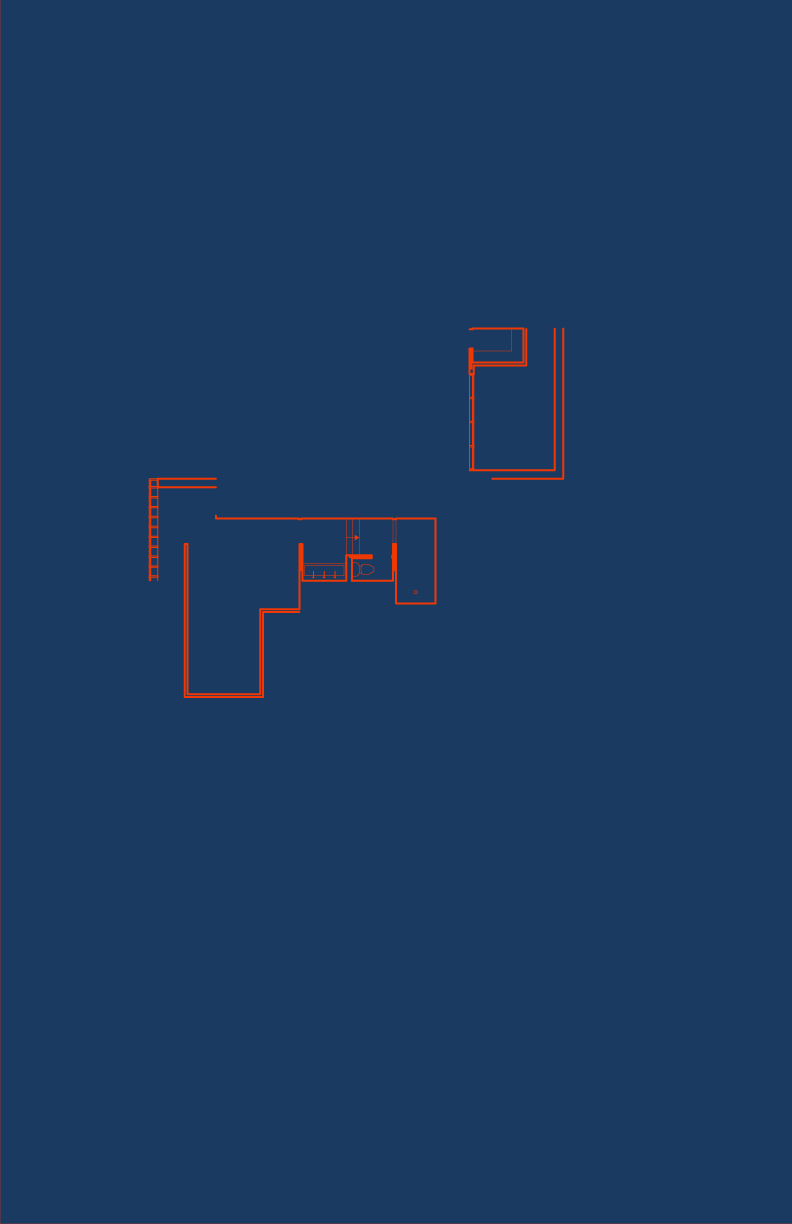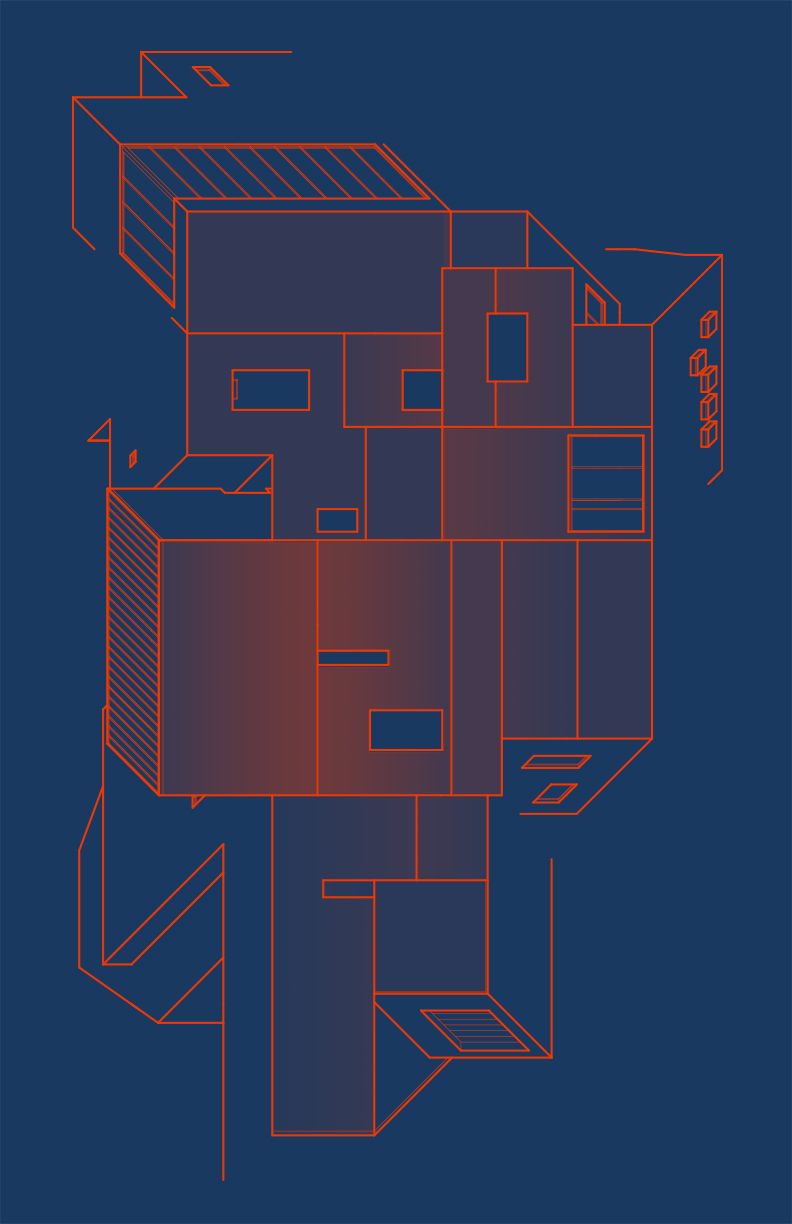MASTER OF ARCHITECTURE
Freedom Stone—ARCC King Medal & RAIC Honour Roll
![]()
Freedom Stone—ARCC King Medal & RAIC Honour Roll

About the Award
Acknowledging innovation, integrity, and scholarship in architectural and/or environmental design research.
Oneiric architecture consists of a few characteristics that may not operate exclusively of one another. To begin, temporal experiences vary, creating durational moments in time. Utilising aspects of everyday life, oneiric architecture reorganizes conventional notions of space in a disorienting manner, resulting in a fluidity of space, disrupting place memory. Oneiric architecture also interrupts processes of familiarity, destabilizing the body’s need to find comfort through embodied experiences. The uncertain and the incomplete are important characteristics of oneiric architecture, further activating possibilities of experiencing or creating through the use of nonthematic and implicit meanings. Oneiric architecture creates a network of relationships and possibilities in space, allowing the conscious and unconscious processes of discovery to thrive.
Oneiric architecture serves as a means of questioning what defines architecture and how space is presented through the exploration of architecture’s speculative and creative attributes. This thesis highlights the perceptions of reality, emphasising the notion of interpretation as a vital skill for everyone, especially with regards to designing oneiric spaces. Oneiric spaces are often dismissed due to their indefinite nature, but it is this uncertain characteristic that can break the often-imposed boundaries of time, expectations, emotions and, hopefully by the end of this thesis, architectural thinking.
![]()
Acknowledging innovation, integrity, and scholarship in architectural and/or environmental design research.
Oneiric architecture consists of a few characteristics that may not operate exclusively of one another. To begin, temporal experiences vary, creating durational moments in time. Utilising aspects of everyday life, oneiric architecture reorganizes conventional notions of space in a disorienting manner, resulting in a fluidity of space, disrupting place memory. Oneiric architecture also interrupts processes of familiarity, destabilizing the body’s need to find comfort through embodied experiences. The uncertain and the incomplete are important characteristics of oneiric architecture, further activating possibilities of experiencing or creating through the use of nonthematic and implicit meanings. Oneiric architecture creates a network of relationships and possibilities in space, allowing the conscious and unconscious processes of discovery to thrive.
Oneiric architecture serves as a means of questioning what defines architecture and how space is presented through the exploration of architecture’s speculative and creative attributes. This thesis highlights the perceptions of reality, emphasising the notion of interpretation as a vital skill for everyone, especially with regards to designing oneiric spaces. Oneiric spaces are often dismissed due to their indefinite nature, but it is this uncertain characteristic that can break the often-imposed boundaries of time, expectations, emotions and, hopefully by the end of this thesis, architectural thinking.


